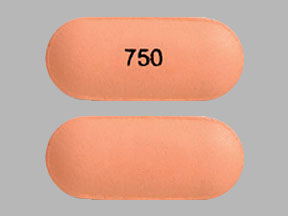Niaspan and Alcohol/Food Interactions
There are 2 alcohol/food/lifestyle interactions with Niaspan (niacin).
Niacin Alcohol (Ethanol)
Moderate Drug Interaction
GENERALLY AVOID: Ethanol can exacerbate the cutaneous flushing that is a common side effect of niacin. At least one case of delirium and lactic acidosis has been reported with coadministration of these drugs, although data are limited.
MANAGEMENT: Coadministration should probably be discouraged, particularly since chronic consumption of large amounts of alcohol is associated with hyperlipidemia.
References (1)
- Schwab RA, Bachhuber BH (1991) "Delirium and lactic acidosis caused by ethanol and niacin coingestion." Am J Emerg Med, 9, p. 363-5
Niacin Nicotine
Minor Drug Interaction
A single case has been reported in which cutaneous flushing and tremors were noted in a woman who was taking niacin while wearing a nicotine patch. The mechanism is suspected to be synergistic cutaneous vasodilatory effects. The clinical significance of this possible interaction is not known.
References (1)
- Rockwell KA Jr (1993) "Potential interaction between niacin and transdermal nicotine." Ann Pharmacother, 27, p. 1283-8
Switch to consumer interaction data
Niaspan drug interactions
There are 107 drug interactions with Niaspan (niacin).
Niaspan disease interactions
There are 5 disease interactions with Niaspan (niacin) which include:
More about Niaspan (niacin)
- Niaspan consumer information
- Check interactions
- Compare alternatives
- Reviews (28)
- Drug images
- Side effects
- Dosage information
- During pregnancy
- Drug class: miscellaneous antihyperlipidemic agents
Related treatment guides
Drug Interaction Classification
| Highly clinically significant. Avoid combinations; the risk of the interaction outweighs the benefit. | |
| Moderately clinically significant. Usually avoid combinations; use it only under special circumstances. | |
| Minimally clinically significant. Minimize risk; assess risk and consider an alternative drug, take steps to circumvent the interaction risk and/or institute a monitoring plan. | |
| No interaction information available. |
See also:
Further information
Always consult your healthcare provider to ensure the information displayed on this page applies to your personal circumstances.


